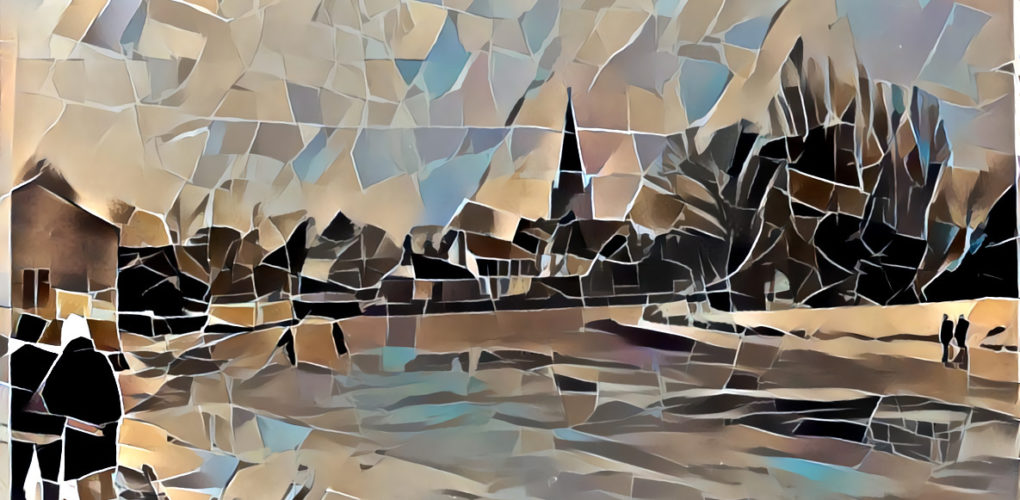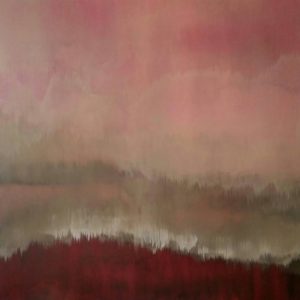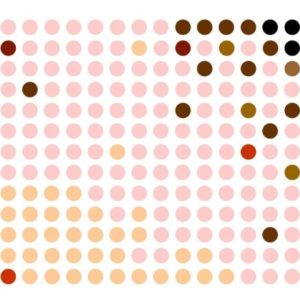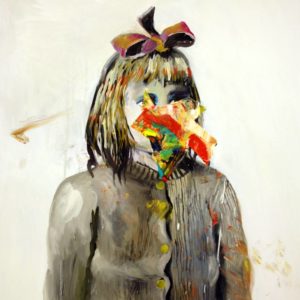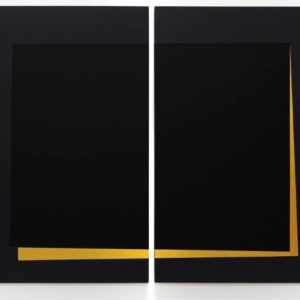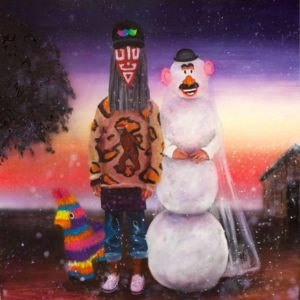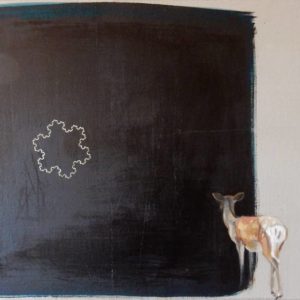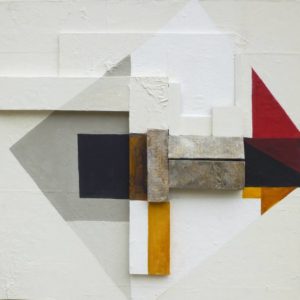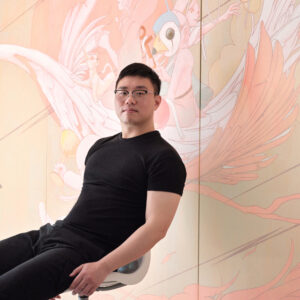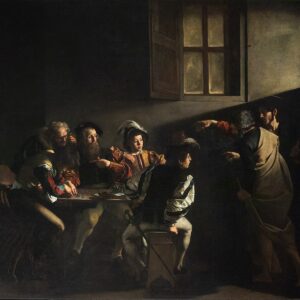Art News
Who Owns the Rights to Works Created by AI?
With the advent of artificial intelligence programs such as Google’s DeepDream, which has created artworks selling for upwards of $8,000, it’s worth considering who owns the rights to works created by AI. Is it Google, the software owner; the artist, who inputs an image and tweaks the code; or should AI be considered an entity unto itself?
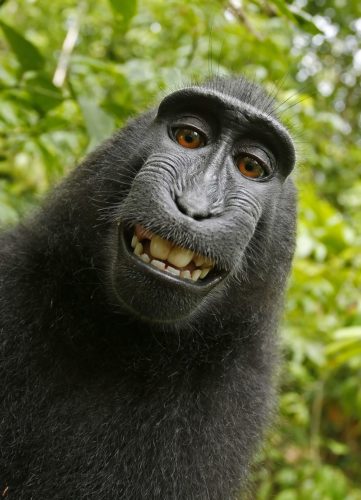
The subject of ownership of artworks created by a non-human entity recently came into question when Naruto, a Celebes crested macaque monkey in Indonesia, took hold of a camera strategically placed by photographer David J. Slater and snapped a few selfies. The photographer then sold copies of the photos for profit, and has since been taken to court by an animal rights organization working on behalf of Naruto, claiming the animal as the rightful owner of the images.
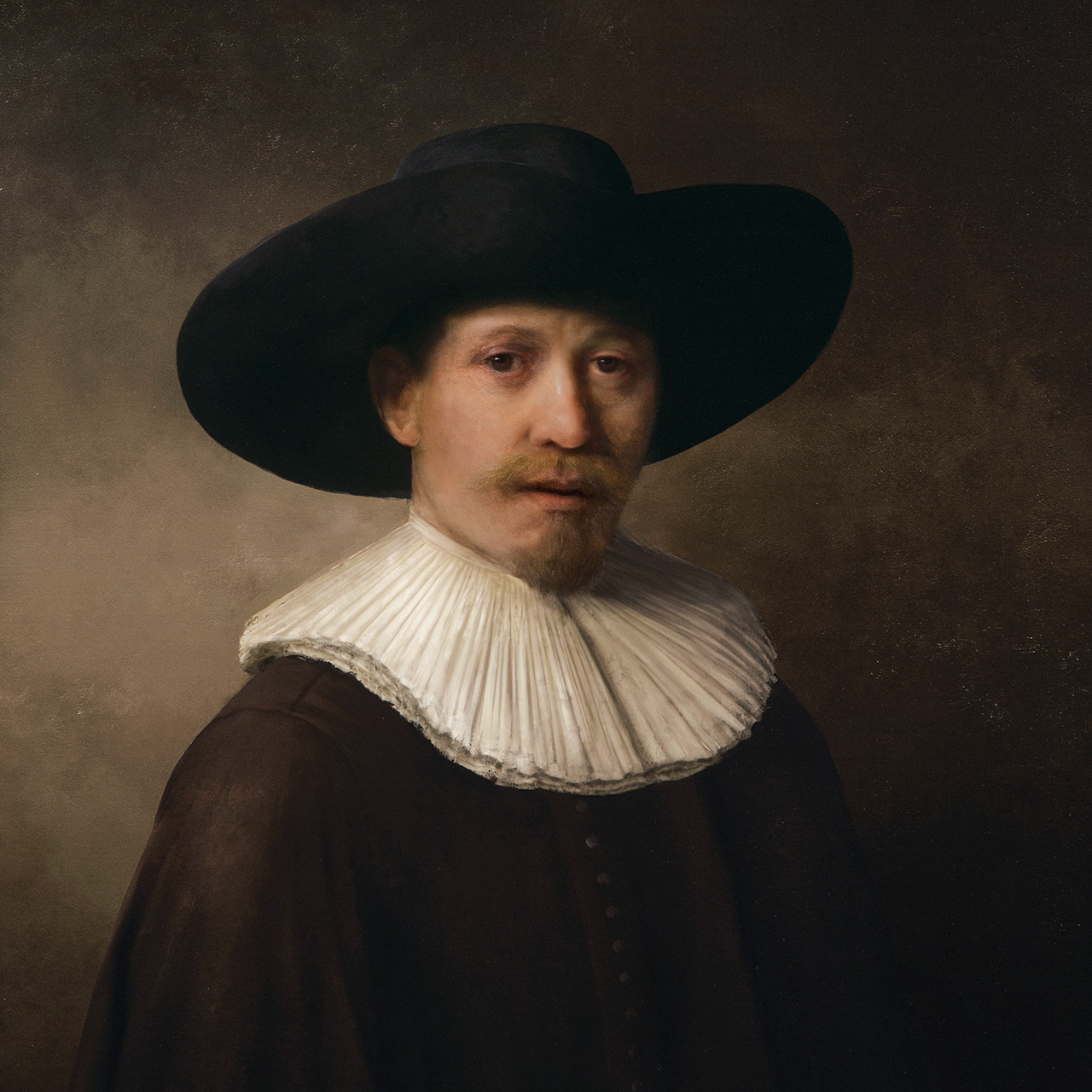
If a monkey can be considered an entity because of its distinctive capabilities (these particular macaque monkeys possess a relatively high measure of intelligence), what are the implications for works created by AI through machine learning? Consider The Next Rembrandt project, in which AI created an original artwork through complex algorithms that took into account the type of brush strokes used by the renowned artist, his signature lighting and shading techniques, and the proportions of facial features in his works. The result is striking: an uncanny portrait of a man with blond facial hair wearing a clothing style contemporary to Rembrandt’s subjects, created in the style of Rembrandt.
In the case of The Rembrandt Project, sponsored by ING and Microsoft, who is the owner of this original work? When thinking of works, products, and ideas generated by AI, ownership and liability will be topics worth exploring from a legal standpoint.
What do you think? Leave your thoughts in the comments below.
